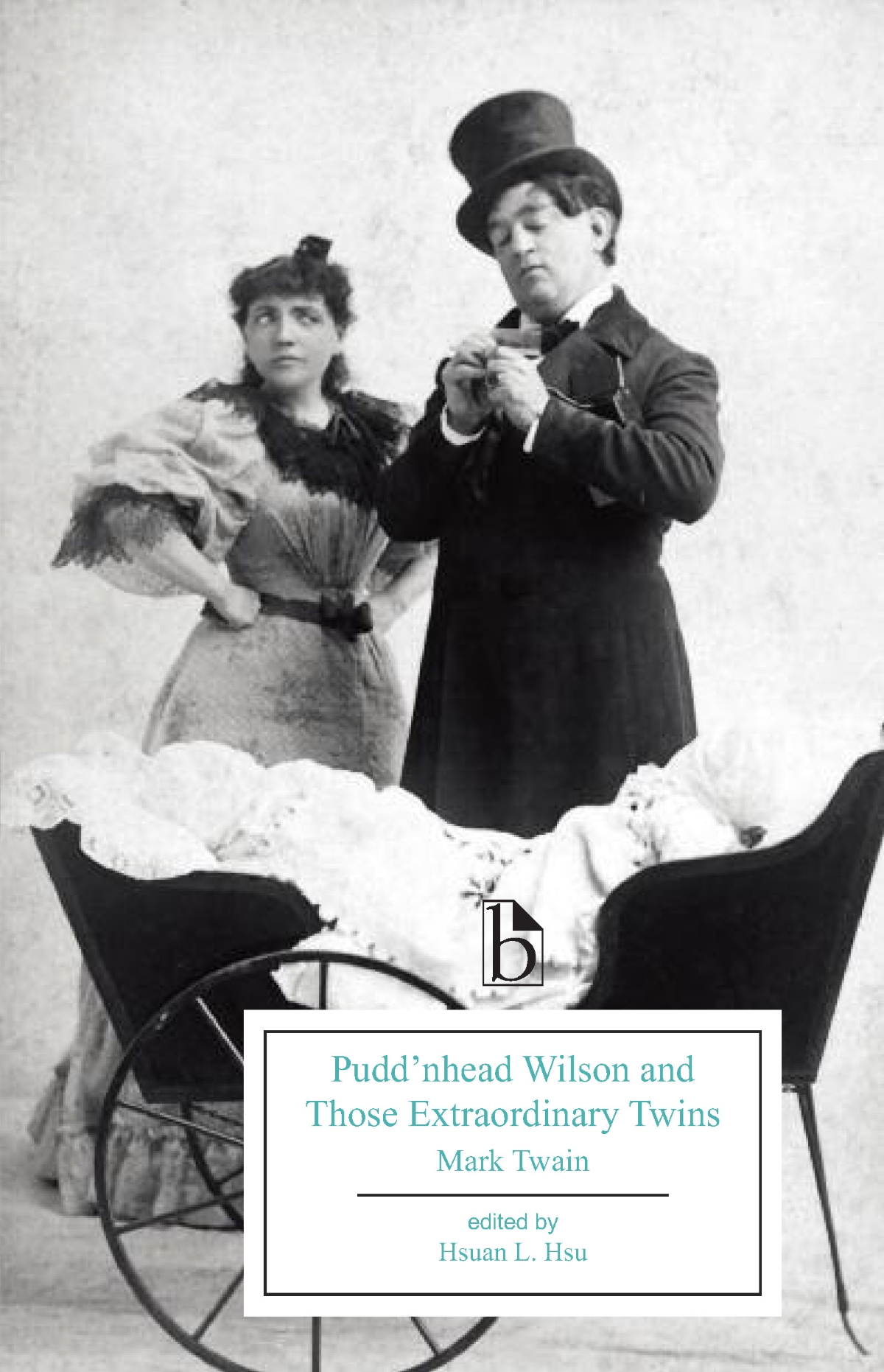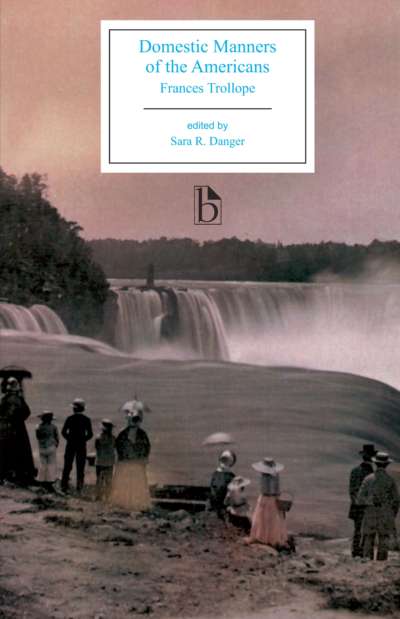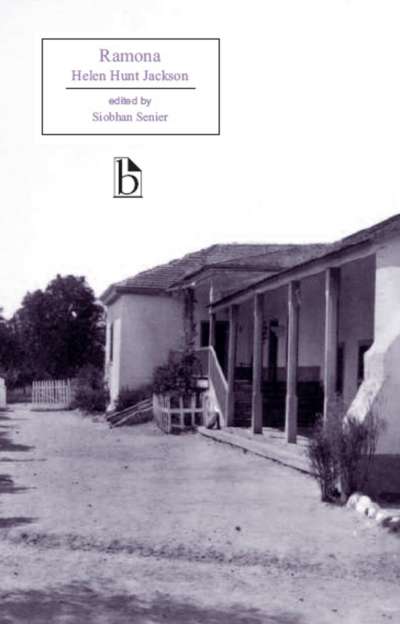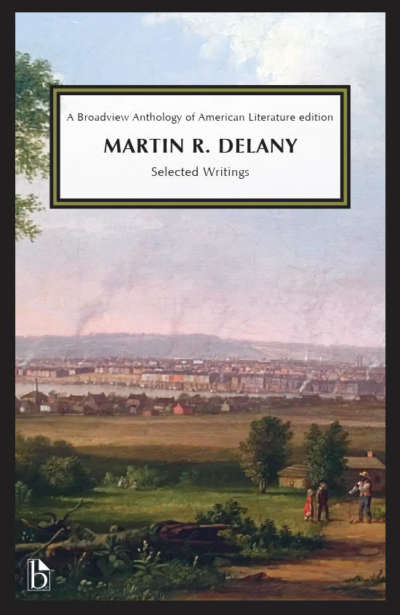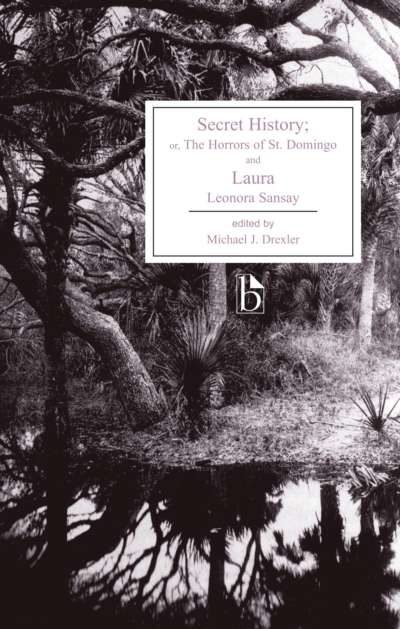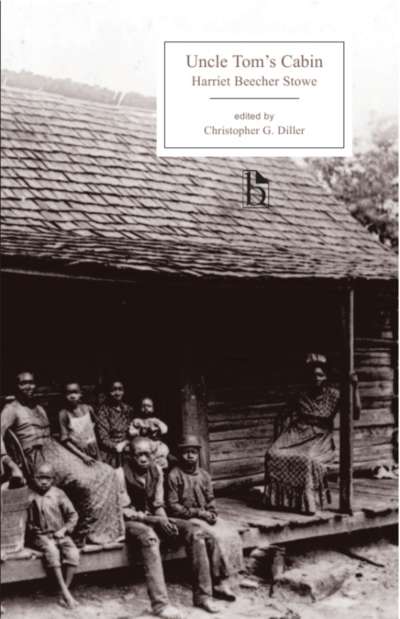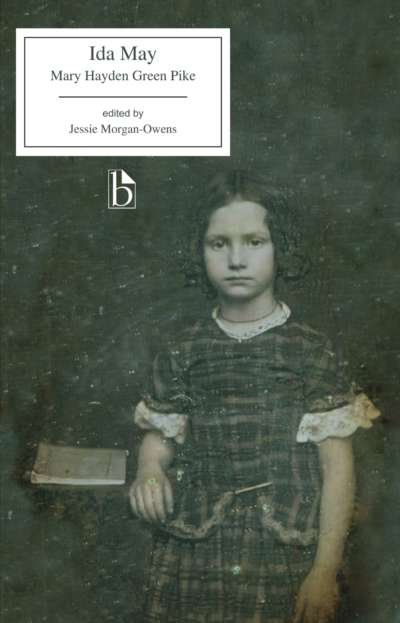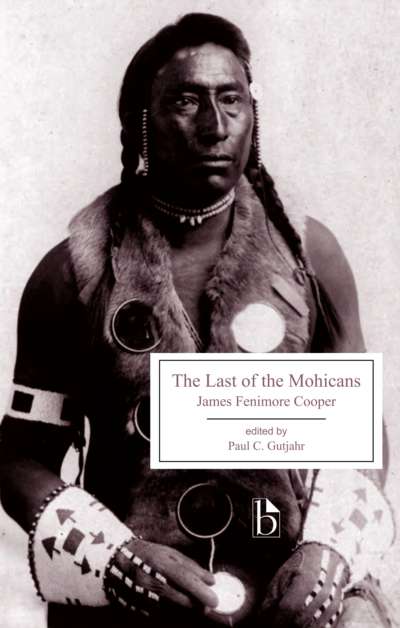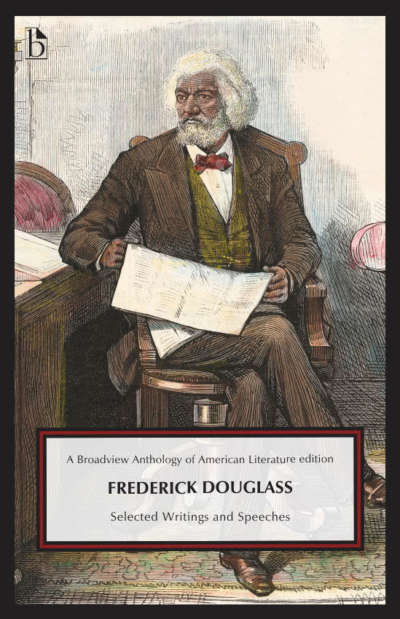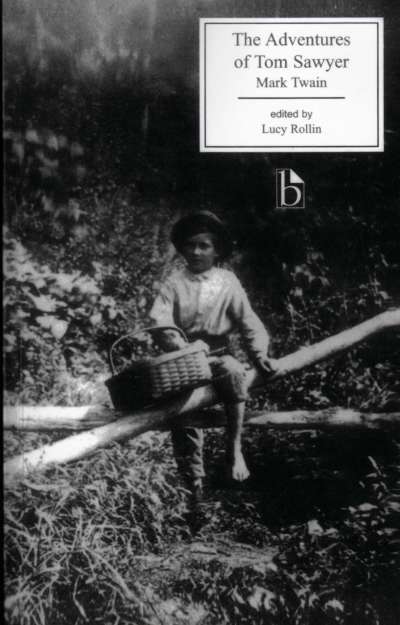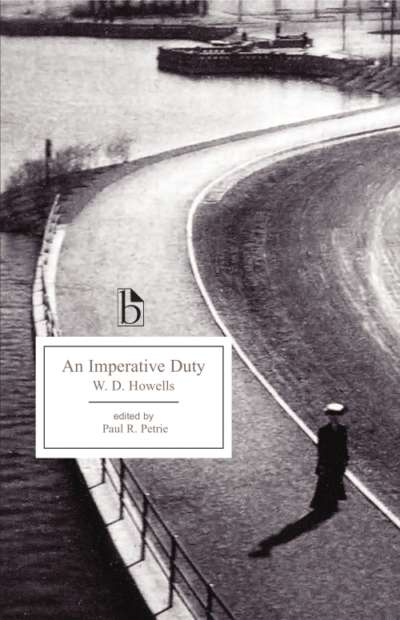
The two narratives published together in The Tragedy of Pudd’nhead Wilson and the Comedy Those Extraordinary Twins are overflowing with spectacular events. Twain shows us conjoined twins, babies exchanged in the cradle, acts of cross-dressing and racial masquerade, duels, a lynching, and a murder mystery. Pudd’head Wilson tells the story of babies, one of mixed race and the other white, exchanged in their cradles, while Those Extraordinary Twins is a farcical tale of conjoined twins. Although the stories were long viewed as flawed narratives, their very incongruities offer a fascinating portrait of key issues—race, disability, and immigration—facing the United States in the final decades of the nineteenth century.
Hsuan Hsu’s introduction traces the history of literary critics’ response to these works, from the confusion of Twain’s contemporaries to the keen interest of current scholars. Extensive historical appendices provide contemporary materials on race discourse, legal contexts, and the composition and initial reception of the texts.
Comments
“Hsuan Hsu’s fine edition of Pudd’nhead Wilson and Those Extraordinary Twins charts the complex interplay between formal innovation and historical analysis central to understanding Mark Twain’s purposively flawed tale. Hsu offers a comprehensive introduction, situating the novel within Twain’s career and the broader concerns of racial segregation and violence, citizenship, and embodiment facing the US in the final decade of the nineteenth century. Equally useful are the appendices, which provide background information on the narrative’s legal and historical contexts. They situate Twain as both a vantage onto the most pressing social issues of the 1890s and a writer experimenting with the novel form at the height of his craft. This edition establishes Pudd’nhead Wilson and Those Extraordinary Twins as one of Twain’s great works of social commentary and aesthetic innovation.” — Edlie L. Wong, University of Maryland
“Hsuan Hsu’s edition of Pudd’nhead Wilson breaks new ground in the historical contextualizing for which Broadview is known. In both the quantity of documents, reviews, and essays that are provided and especially the structure of the appendices, this Pudd’nhead Wilson is a quasi-manifesto for the historicizing of a literary text. Three of the six appendices rethink the way we have constructed the novel’s socio-historical contexts, ranging from Legal Contexts, to Race Discourse, to the last, Contexts of Embodiment, in which Siamese twins and fingerprinting are brought together through the intersecting marginalization of African-American, immigrant, and disabled subjects. This is a Pudd’nhead Wilson for our times as well as—perhaps even more than—Twain’s.” — Susan Gillman, University of California, Santa Cruz
Acknowledgements
Introduction
Mark Twain: A Brief Chronology
A Note on the Text
The Tragedy of Pudd’nhead Wilson and the Comedy Those Extraordinary Twins
Appendix A: Composition
- Mark Twain, Letter to Fred J. Hall (12 December 1892)
- Mark Twain, Letter to Fred J. Hall (30 July 1893)
- Mark Twain, Notes for Pudd’nhead Wilson
- From Mark Twain, the Morgan Library Manuscript of Pudd’nhead Wilson (1893)
- From Sales Prospectus for Pudd’nhead Wilson and Those Extraordinary Twins (1894)
- Illustrations from Century Magazine Serialization of Pudd’nhead Wilson (1893–94)
- Illustrations from First American Edition of Pudd’nhead Wilson and Those Extraordinary Twins (1894)
- Discarded Layout for Title Page of Pudd’nhead Wilson (1894)
Appendix B: Contemporary Reviews
- Martha McCulloch Williams, “In Re ‘Pudd’nhead Wilson,’” Southern Magazine (February 1894)
- William Livingston Alden, The Idler (August 1894)
- The Athenaeum (19 January 1895)
- From “Mark Twain’s New Volume,” New York Times (27 January 1895)
- Hjalmar Hjorth Boyesen, Cosmopolitan (January 1895)
- Outlook (2 March 1895)
- The Critic (11 May 1895)
Appendix C: Literary and Cultural Sources
- From the Judgment of Solomon (1 Kings 3)
- Reginald Heber, “From Greenland’s Icy Mountains” (1819)
- Charles White, “Old Bob Ridley” (1855)
- From Frederick Douglass, Narrative of the Life of Frederick Douglass (1845)
- From Edgar Allan Poe, “The Murders in the Rue Morgue” (1841)
- Mark Twain, “The Late Benjamin Franklin,” The Galaxy (July 1870)
- From Mark Twain, The Prince and the Pauper (1882)
Appendix D: Legal Contexts
- From Goodspeed v. East Haddam Bank (1853)
- From Plessy v. Ferguson (1896)
- From Argument of Albion W. Tourgée, undated legal brief in Plessy v. Ferguson (1896)
- Charles W. Chesnutt, “What Is a White Man?” The Independent (30 May 1889)
Appendix E: Race Discourse
- From Joseph Arthur Comte de Gobineau, Essay on the Inequality of Human Races (1853–55)
- From “Shot Down at His Door; The Chief of the New-Orleans Police Brutally Murdered,”
New York Times (17 October 1890)
- From Frances Harper, Iola Leroy (1892)
- From W.E.B. Du Bois, The Souls of Black Folk (1903)
Appendix F: Contexts of Embodiment
- From J.N. Moreheid, Lives, Adventures, Anecdotes, Amusements, and Domestic Habits of the Siamese Twins (1850)
- Mark Twain, “Personal Habits of the Siamese Twins,” Packard’s Monthly (August 1869)
- From Sir Francis Galton, “The History of Twins” (1875)
- From “The Tocci Twins,” Scientific American (December 1891)
- From H. Frith and E.H. Allen, Chiromancy, or the Science of Palmistry (1883)
- From Sir Francis Galton, Finger Prints (1892)
Works Cited and Further Reading
Hsuan L. Hsu is Professor of English at Concordia University. He is the editor of the Broadview Edition of Sui Sin Far/Edith Maud Eaton’s Mrs. Spring Fragrance (2011) and the author of Sitting in Darkness: Mark Twain’s Asia and Comparative Racialization (NYU, 2015).


